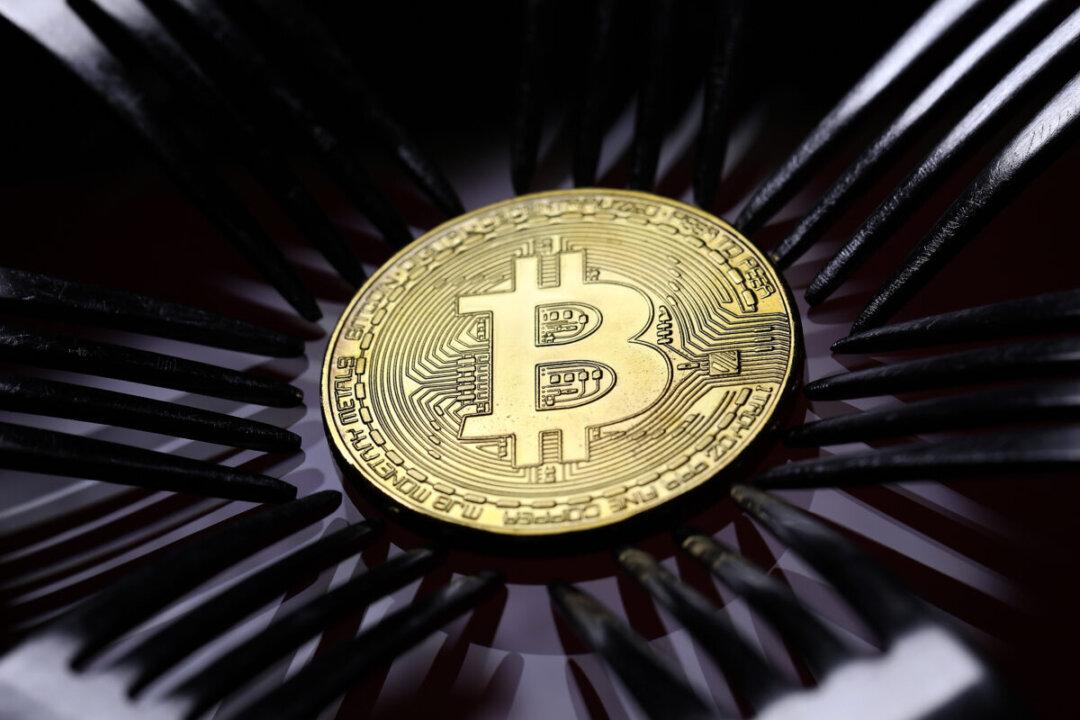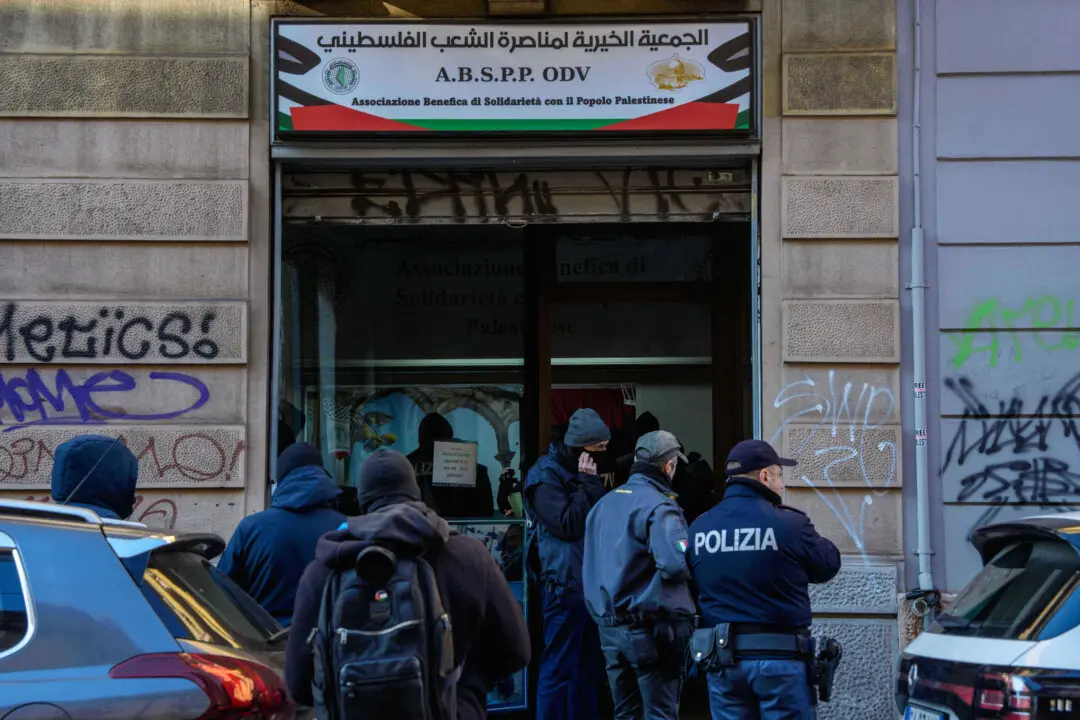Bitcoin broke through the $50,000 barrier on Thursday and was trading just below the $51,000 mark Friday as the cryptocurrency’s solid leg up followed stocks and other risk assets upward in what may signal a year-end “Santa Claus Rally.”
The world’s leading cryptocurrency had been stuck below the psychological barrier of $50,000 for two weeks when Thursday’s rally cracked that ceiling. Bitcoin was trading at $50,929 as of 7:38 a.m. New York time on Christmas Eve.






